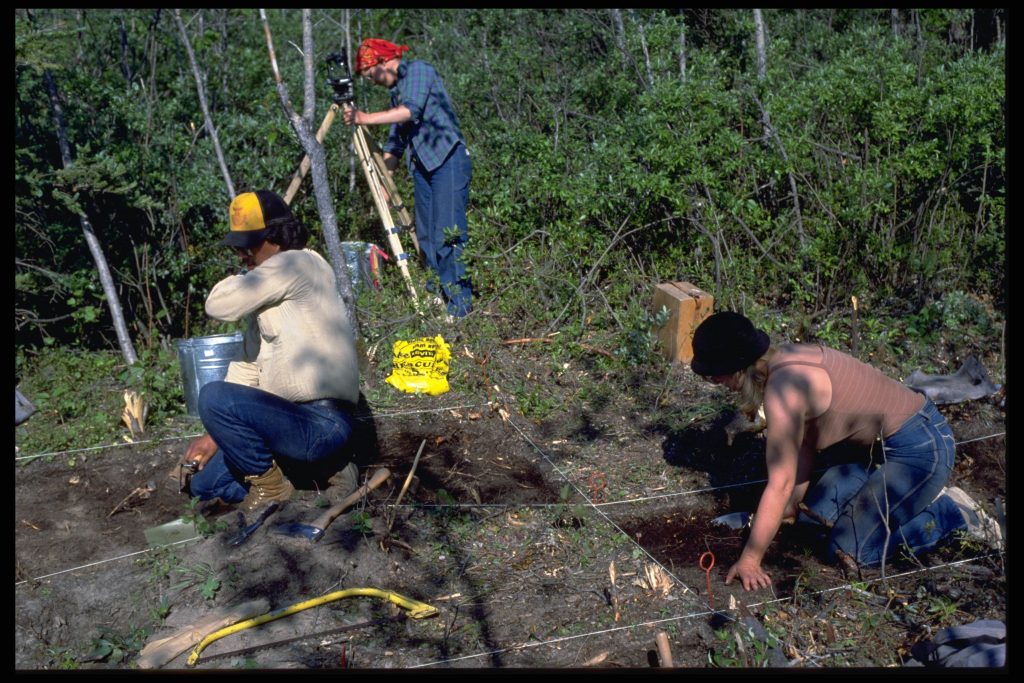Introduction to the New Severn Post Archaeological Project

Archaeological research project along the lower Severn River. Canadian Museum of History. Photo: Jean-Luc Pilon, CD1997-0210-029
Between 1981 and 1984, I undertook archaeological research along the lower Severn River in a remote area of northwestern Ontario. This included work at Fort Severn and the nearby early Hudson’s Bay Company (HBC) fort, built in 1685 and destroyed by Pierre Le Moyne d’Iberville in 1690.
My work focused on the Indigenous history of the region, documenting a unique way of life that spanned thousands of years.
I am back in Fort Severn this summer to try to answer some questions that remain in my mind about the early HBC fort, known as both Fort Churchill and New Severn Post. By the end of the 1690s, all of the HBC forts were under French control, except for a single post on James Bay. This situation would last until all the posts were returned to England with the signing of the Treaty of Utrecht in 1713. Did the French return to the mouth of the Severn to trade with the people who lived in the vast fur-rich territory of the Severn River?
Some archaeological remains found outside the HBC fort suggest that the French may have built a house there, perhaps just for summer use. Hopefully, we will find out more about the site and who lived there, thereby filling in another missing piece of the huge puzzle that is Canadian history.
Keep an eye on this blog for my next posts, which will provide updates on this exciting archaeological research project.